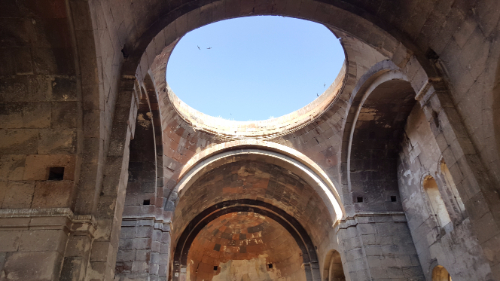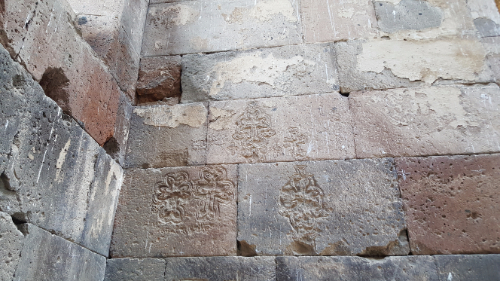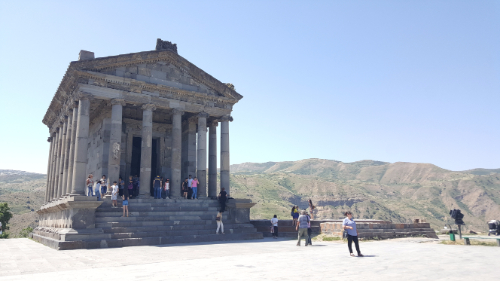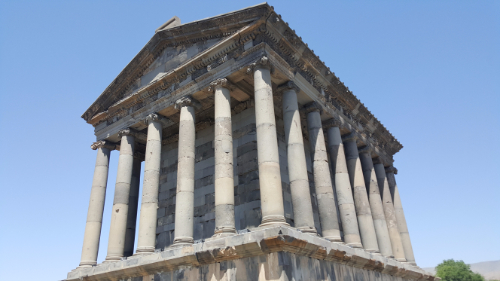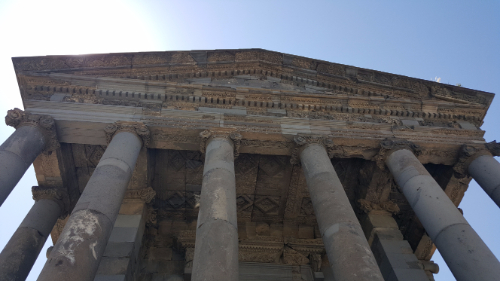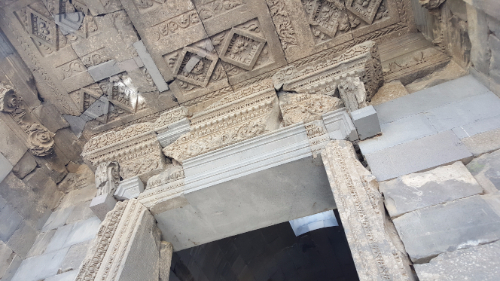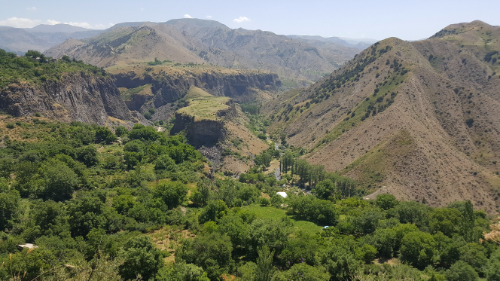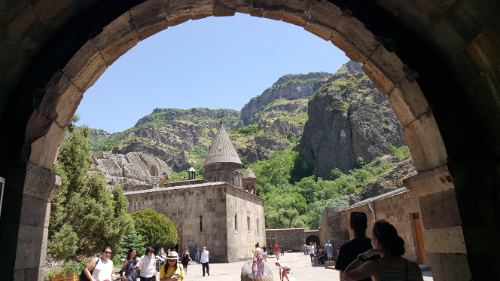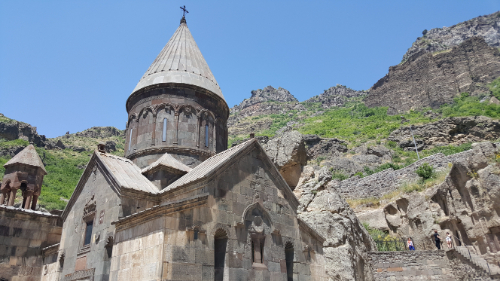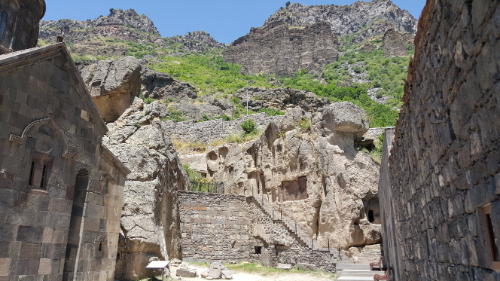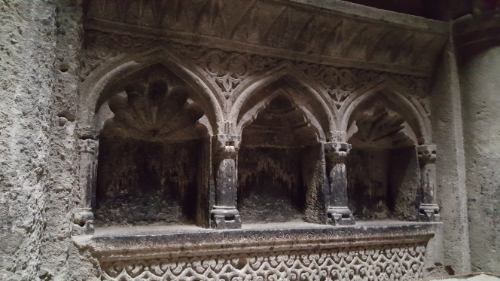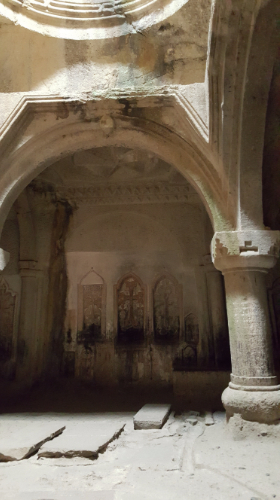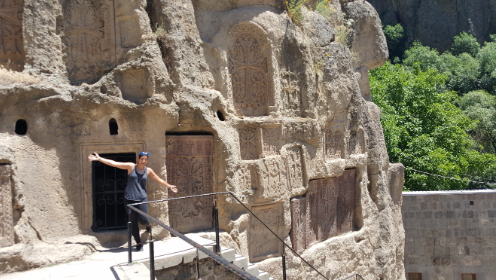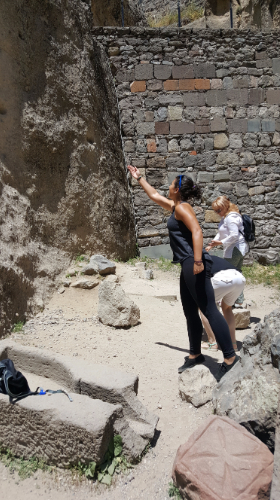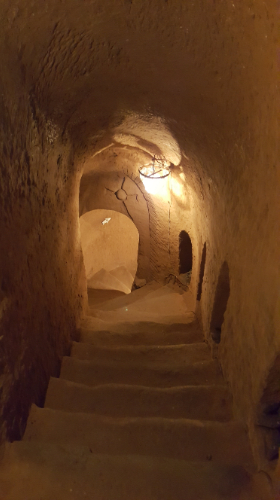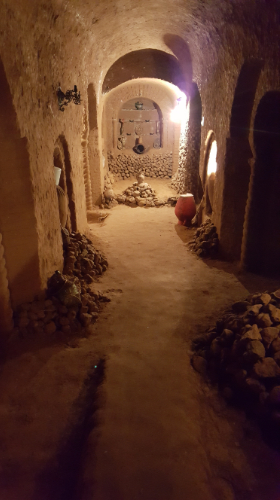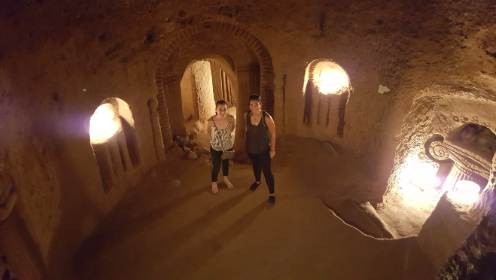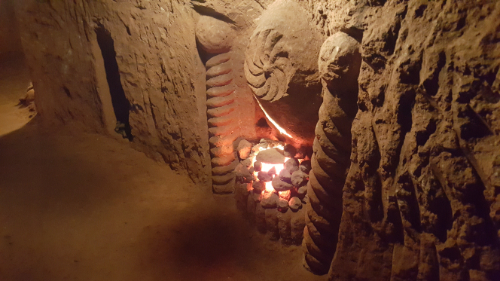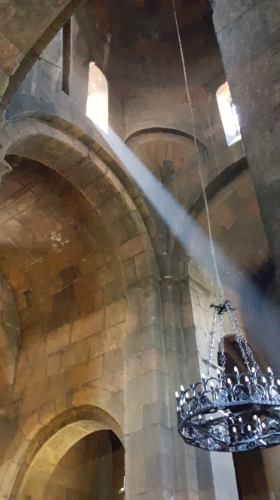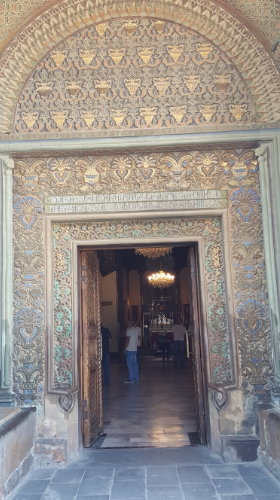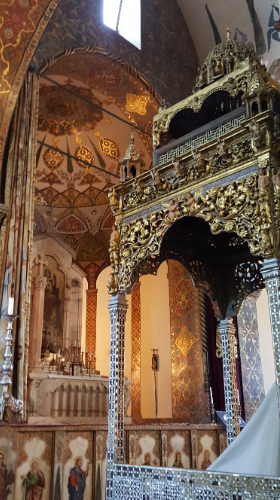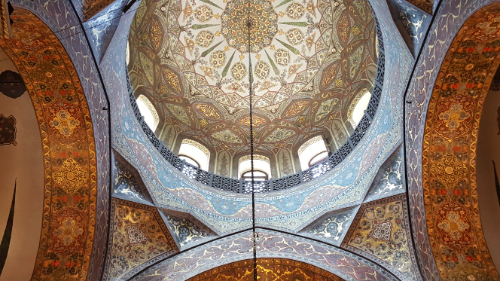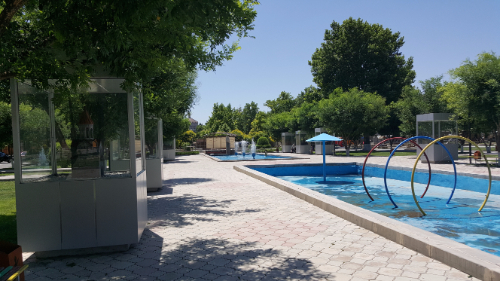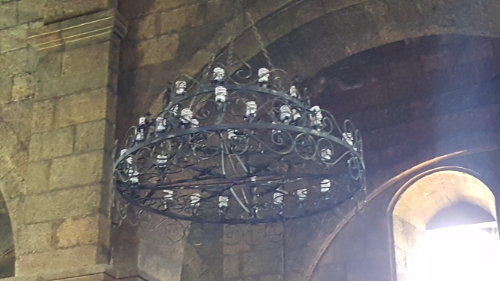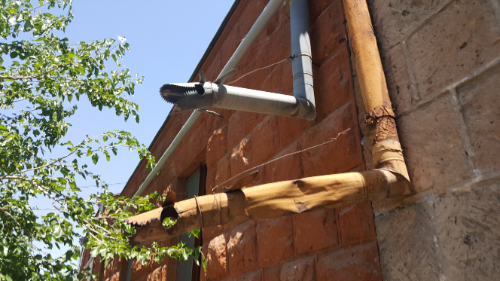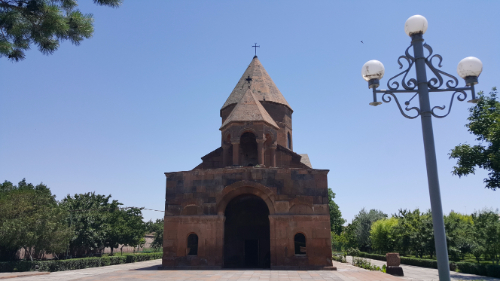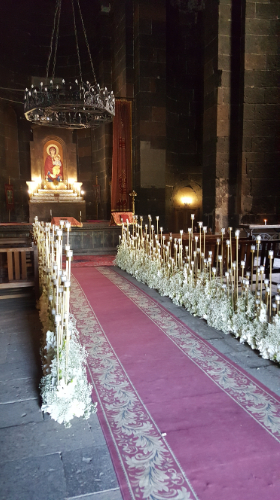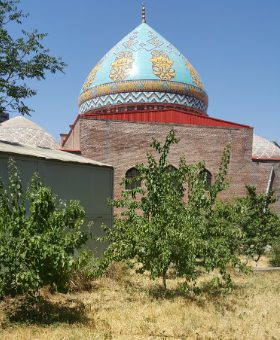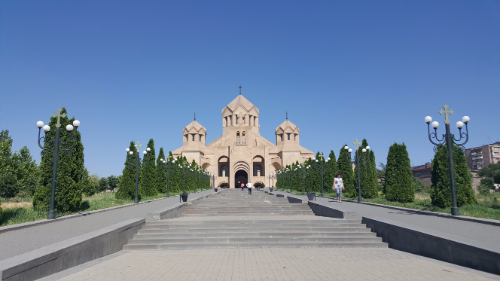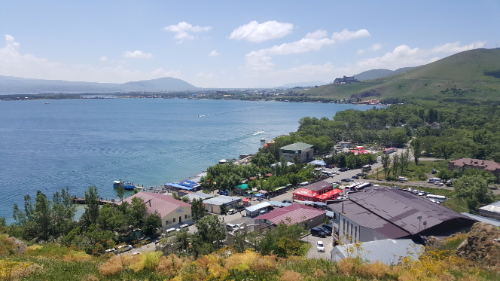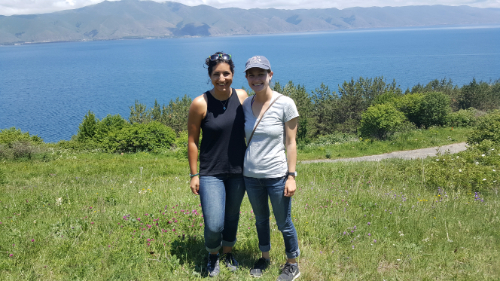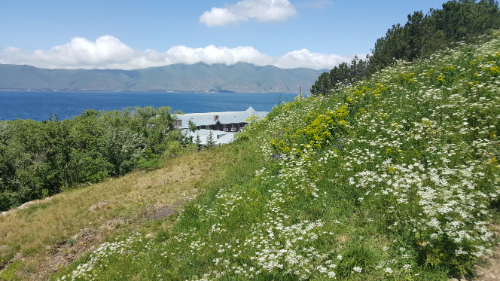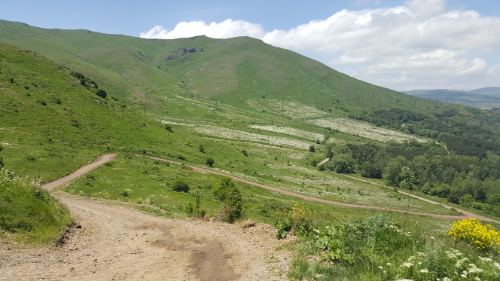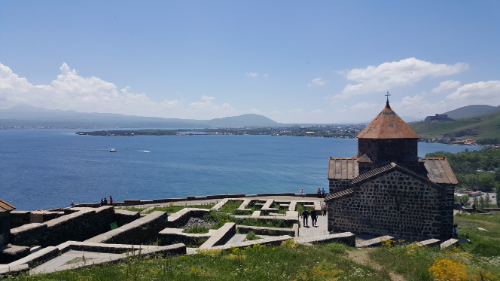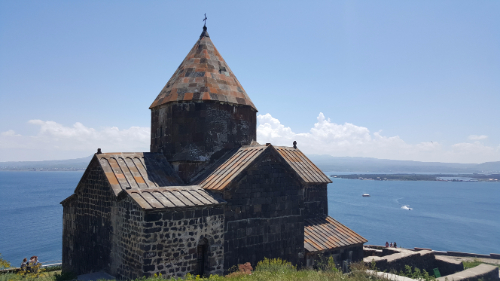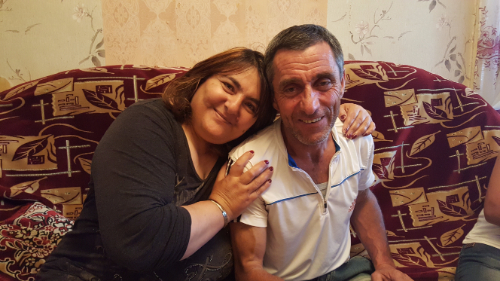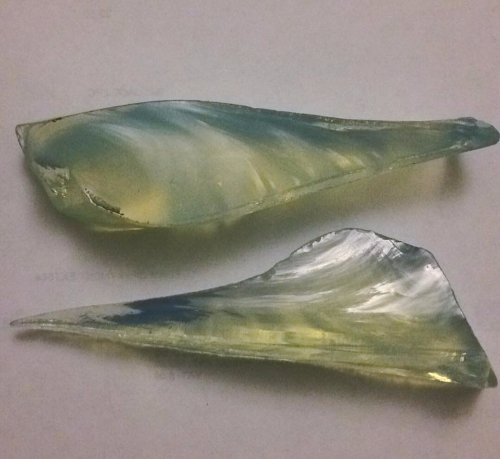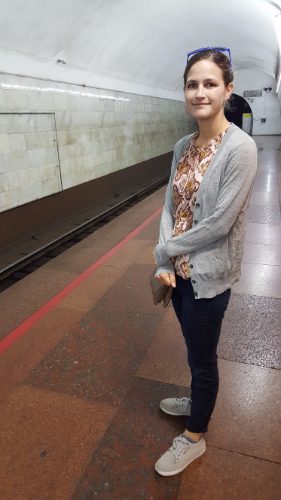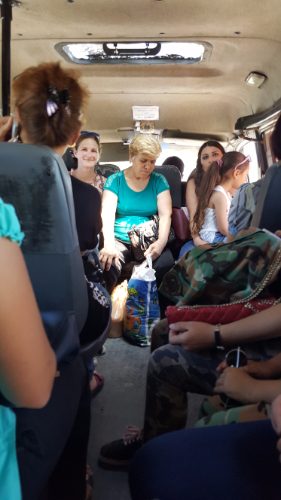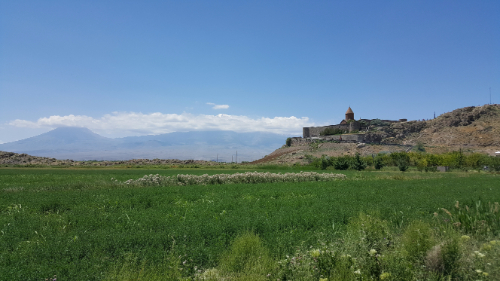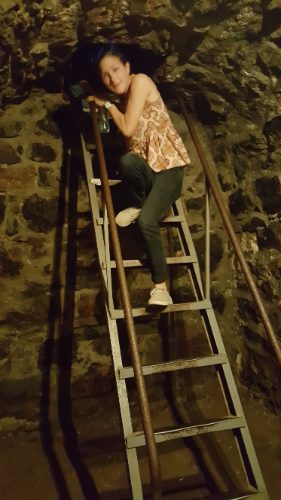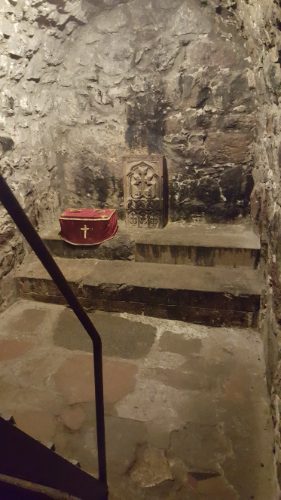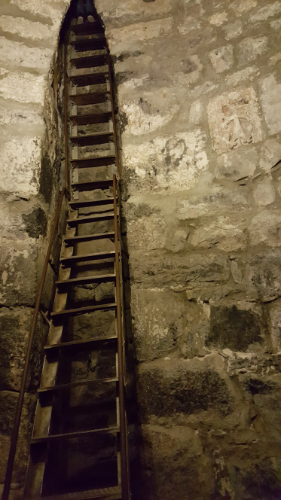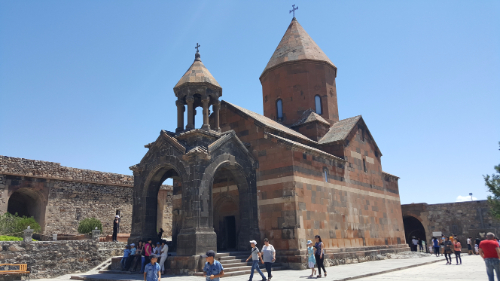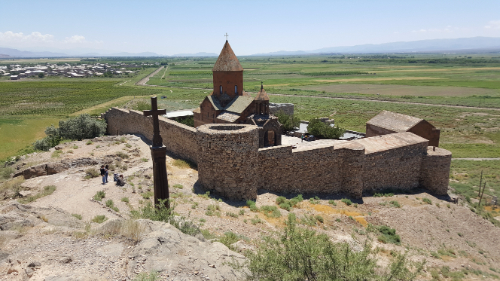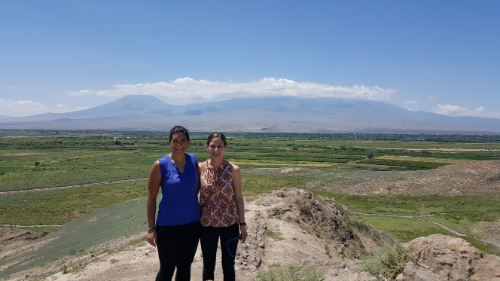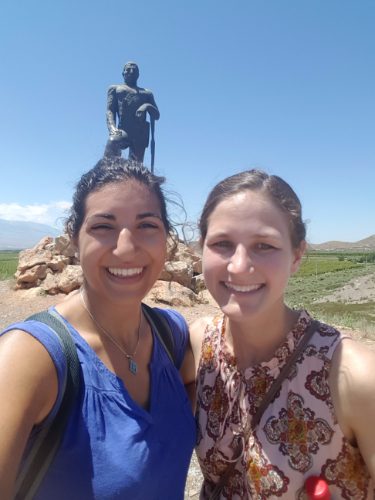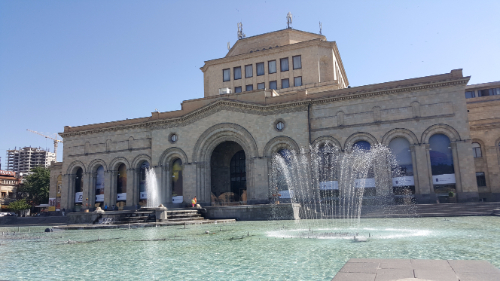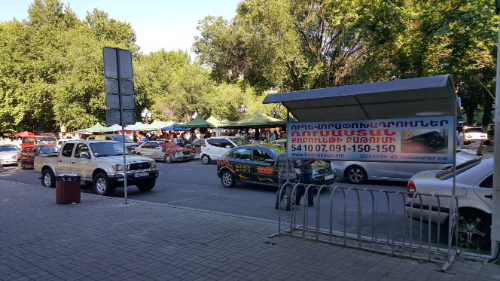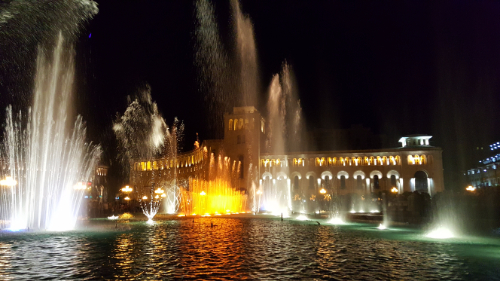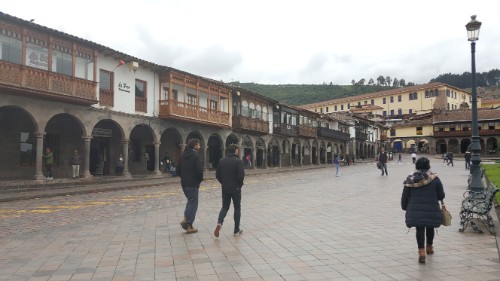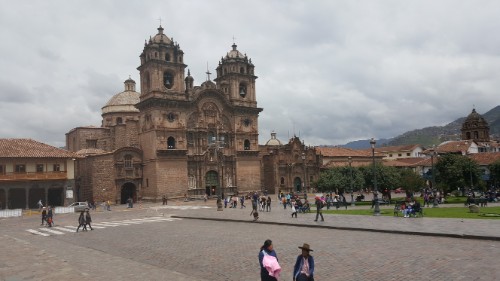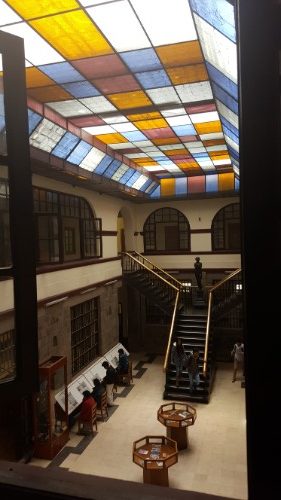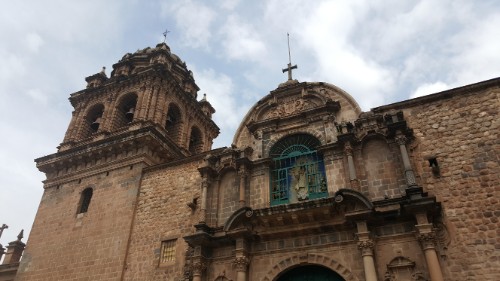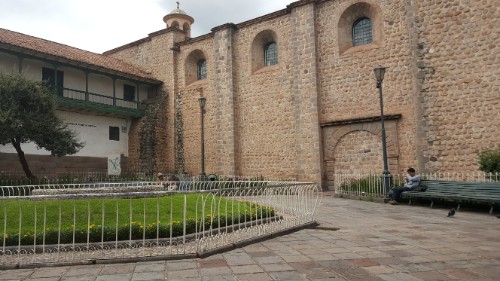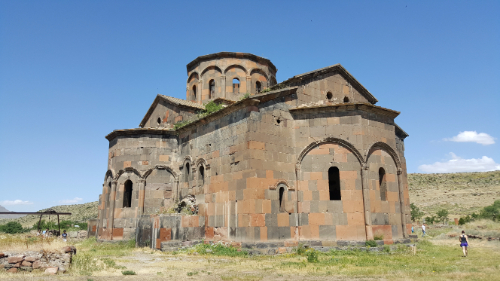
Armenia has a lot of churches. When I say “a lot”, I mean like a waaay lot. You know how people say that Rome has a lot of churches? Basically, it’s like the entire country is Rome. Every village, every hill, every spring, every mountain, every location with a nice view… they all have churches. It’s like our Armenian ancestors wanted to guarantee that no matter where you are in the country, if the mood strikes and you need a place to pray, there’s a church within 100 steps. Okay, that’s a bit of an exaggeration, but just trust me. There are churches everywhere.
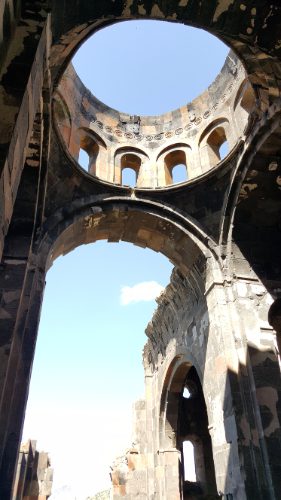
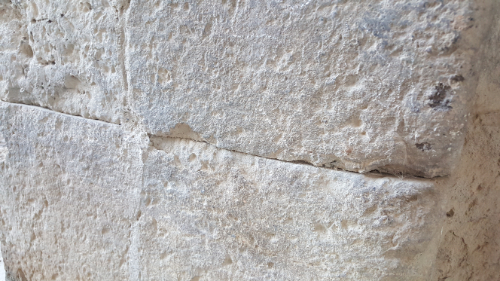
There are excursions planned each weekend to different parts of the country, and the destinations for my first weekend were Talin, Dashtadem, and Aruch. None of the places we visited are really on the tourist circuit, so it was a cool chance to get off the beaten path.
Our first stop was the Cathedral of Talin (pronounced tah-LEEN), or at least what used to be the Cathedral of Talin. It was built in the 7th century which probably sounds old, but that’s like a teenager compared to a lot of the other churches here. I’m already becoming immune to these numbers, and when I take a second to think twice about it, it makes me laugh a bit.
Guide: This church was built in the 15th century.
Me: It’s new??! Wait so why are we even here? I’m not impressed anymore.
Guide: This church was built in the 7th century.
Me: If they just built it, why is it already in ruins?
Guide: This church was built in the 4th century.
Me: I bet you think that’s old, right? But did you know that they found the world’s oldest leather shoe in Armenia and it’s from around 3,500 BC? Now THAT is old.

There were earthquakes, one in the mid-1800s and one in the early 1900s, that destroyed the church. It has been partially reconstructed, but that work was never completed. It’s interesting because you can tell how big a city used to be by looking at the size of the church there. This church was HUGE, and that is enough to know that the city of Talin used to be much larger than it is now.
One cool thing that we saw there is little hideouts for the priests/monks. There are two prayer rooms on the sides of the altar, and inside, there are sneaky hand and footholds that lead to a hole in the ceiling where someone could climb up to hide or escape if the church was being attacked. They could cover the entrance hole with a rock, or else they could defend themselves fairly easily from that position. There are also places to hide books, basically holes in the walls that you can cover with a rock.
From there, we went to Dashtadem where there’s a not-that-old fortress that was used from the 10th-19th centuries. Now it’s in ruins, and until recently, there were families living there and taking rocks from the keep to use in their houses. There have been renovations and excavations going on… I’m not sure that anything is happening there now, but within the last 10 years work was going on. You can go on top of the keep, and the views from there are really nice. There are also a TON of birds nesting in the ruins, so there’s a 90% chance that you’ll get pooped on if you go. Apparently that’s a new problem.
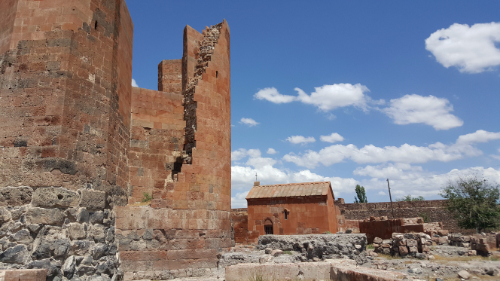
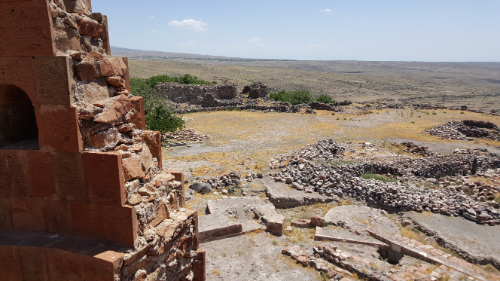
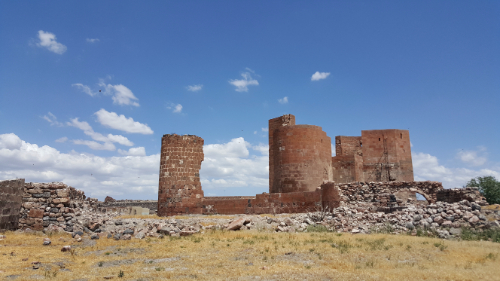
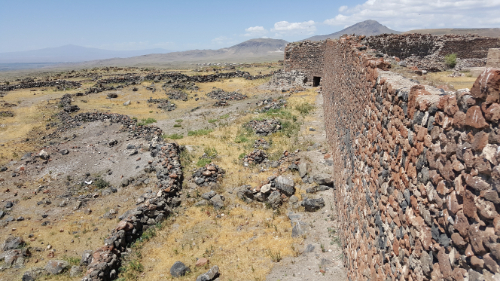
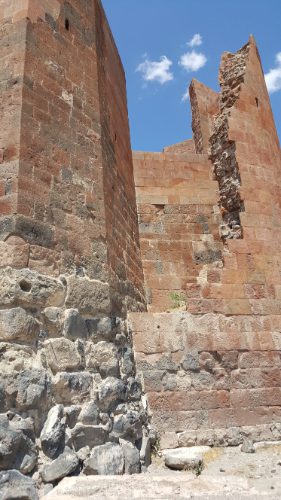
Someone convinced me to take the “secret exit” out of the keep, aka a not very big tunnel through the wall, and failed to mention that once you make it through the tunnel, you need to find your way down from the top of a probably 10-12 foot high wall. Luckily there were a few other people there who had just made it down, so I had some spotters looking out for me.
For lunch, we went to the house of some guy who one of the Birthright directors met one time when they visited the fortress. He agreed to host the future groups for lunch and music and dancing, so that’s how we ended up with 70 people in some random guy’s house, eating enough food for 150. At the end of the meal, he and his son and another guy who was probably related played some Armenian music for us, and after a few songs, we headed outside to dance! It was fun, and I also realized that while my Armenian language skills aren’t the best, I can hold my own on the dance floor (or dance field). Thank goodness for hantes (Armenian dance recitals back in grade school) and Armenian weddings!
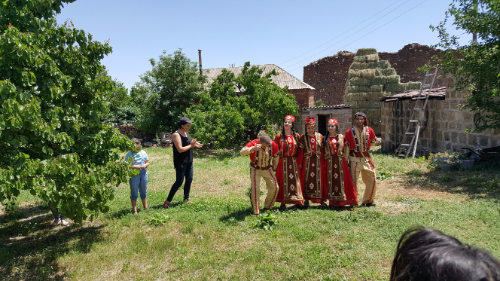
By the last stop, I think everyone was ready to collapse. We went to one more church, Aruchavank, which was built sometime in the 7th century. It was also damaged during earthquakes, but the structure has been completely restored with the exception of the dome. It is also huge, though the cathedral in Talin was bigger. You can see the remnants of some frescoes above the altar, and I love closing my eyes and trying to imagine what it was like back in its glory days. Anyway, that’s all. Here are some pictures, if you can even stand to look at more pictures of churches.

